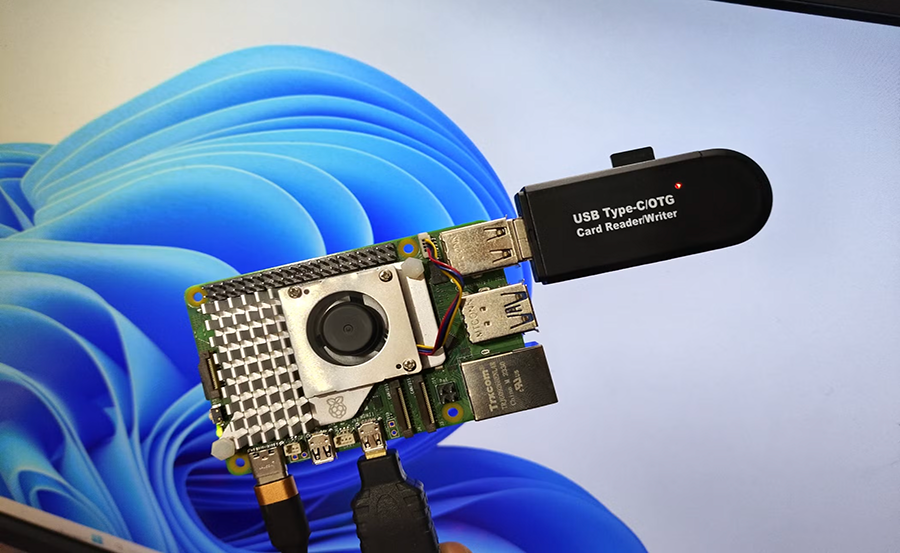In today’s fast-paced digital age, smart home technology is evolving rapidly. Everyone seeks efficiency and convenience in their daily lives, and a smart home hub unites diverse home automation devices into a cohesive unit. Curious about setting up your own smart home hub? You’re in the right place.
Understanding Smart Home Technology
The modern household is no longer just a dwelling; it’s a connected series of sophisticated devices aimed at making life easier. Whether you’re automating lighting, security, or entertainment, the heart of it all is your smart home hub. But what exactly is a smart home hub?
What is a Smart Home Hub?
A smart home hub serves as the central point where all your smart gadgets communicate. By orchestrating these devices, it ensures they work harmoniously, responding efficiently to your commands. Think of it as the conductor of an orchestra, bringing together various instruments to create a seamless symphony.
Pro Tip:
Enjoy your favorite IPTV channels and on-demand content with 6 Months Kemo IPTV Subscription best IPTV subscription for hassle-free streaming in 2024.
Smart home hubs can be hardware devices or software applications, and they manage everything from your smart fridge to your automated thermostat. With this control, you manage all your smart products from a single interface, usually via a smartphone app.
Why Choose Raspberry Pi?
Choosing a platform for your smart home hub might seem daunting, but Raspberry Pi presents itself as an affordable and versatile choice. Its compact size, combined with its powerful processing capabilities, makes it ideal for such projects. Raspberry Pi offers endless possibilities for customization, allowing tech enthusiasts to tailor solutions according to their specific needs.
Furthermore, Raspberry Pi’s open-source nature means there is a vast community constantly developing new features and troubleshooting common issues. You’re never alone in the process, with abundant resources available to guide you every step of the way.
Setting Up Your Raspberry Pi Smart Home Hub
Getting started with Raspberry Pi as your smart home hub might initially look intricate, but breaking it down into manageable steps simplifies the task. Below is a step-by-step guide to transforming your Raspberry Pi into the ultimate smart home hub.
Gather Your Materials
- Raspberry Pi (latest model recommended for efficiency)
- MicroSD card (minimum 32GB for ample storage)
- Power supply
- Keyboard and mouse
- Monitor for initial setup
- Ethernet cable or Wi-Fi dongle
Once you’ve collected your components, you’re ready to begin assembling your smart home hub.
Installing the Necessary Software
With your hardware prepared, the next step involves installing the software to run your smart home hub. The Raspberry Pi’s operating system, Raspberry Pi OS, is a robust starting point. You can choose to use other operating systems like Home Assistant OS, which is tailored specifically for home automation tasks.
Installing Raspberry Pi OS
First, download the desired OS image onto your microSD card. Insert the card into the Raspberry Pi, and power it up. Follow on-screen prompts to configure the system settings. The process is straightforward, especially with guided installation wizards that lead you through each option.
Configuring Home Automation Software
Once your Raspberry Pi OS is up and running, it’s time to install home automation software. Home Assistant is a popular choice due to its intuitive interface and broad device compatibility. Installing Home Assistant involves a simple command that tarballs the base files, followed by configuration tweaks tailored to your personal requirements.
Integrating devices into Home Assistant is as facile as a few clicks. This integration empowers you to control lights, thermostats, and more, directly from your smartphone.
Optimizing Your Smart Home Experience with Kemo IPTV
Your Raspberry Pi smart home hub is now operational, but what’s next in enriching your home experience? Consider integrating Kemo IPTV, the best IPTV subscription in the world. With its limitless content and seamless streaming, it’s an entertainment revolution.
Why Kemo IPTV Stands Out
Kemo IPTV shines because of its Unlimited IPTV Subscription offering thousands of channels worldwide, including HD live TV, sports, movies, and series. It’s the ideal complement for any smart home setup, bridging the gap between wired TV box constraints and online entertainment ease.
Notably, Kemo IPTV ensures high-definition quality with minimal buffering thanks to its advanced adaptive streaming technology. Enjoy uninterrupted viewing, anytime, anywhere within your smart home’s ecosystem.
Seamless Integration with Raspberry Pi
Pairing Kemo IPTV with your Raspberry Pi couldn’t be simpler. The Pi’s flexible architecture supports various media center solutions like Kodi, which works well with KemoIPTV. By installing the Kemo IPTV add-on, you can easily navigate its extensive library.
This integration transforms how you consume content, offering a tailored, flexible viewing experience that aligns perfectly with your smart home lifestyle. And with regular updates enriching its content lineup, there’s always something new to enjoy.
Exploring the Broader Impacts of a Smart Home Hub
A smart home hub powered by Raspberry Pi and Kemo IPTV does more than provide connectivity; it revolutionizes your living space. This setup can lead to improved energy efficiency, enhanced security measures, and enriched personal entertainment.
Energy Efficiency and Cost Savings
Smart home technology assists with intelligent energy consumption, reducing wastage through scheduled device operations and real-time monitoring. Programmable thermostats, smart lighting, and efficient appliance controls all contribute to substantial savings on utility bills.
With continuous insights right at your fingertips, adjusting and optimizing your energy use becomes second nature—saving both money and the environment.
Enhanced Home Security
Integrating security systems with your smart hub means access control, security cameras, and alarms can be monitored from one platform. Receive instant alerts, review security footage, and respond promptly to emergencies—all conveniently managed through your platform of choice.
Your Raspberry Pi hub serves as a vigilant warden, fostering peace of mind whether you’re home or away.
Journey to a Fully Smart Home
Building a smart home hub with Raspberry Pi is a transformational journey. Not only does it introduce a new level of interaction with your living space, but it also empowers you with control over entertainment through Kemo IPTV. Having the technology at your fingertips turns possibilities into realities, fostering a dynamic, interconnected household that anticipates and meets your needs.
Embrace the convenience of a harmonious smart home setup, explore the efficiencies offered by integrated systems, and enjoy unmatched viewing experiences with Unlimited IPTV Subscription from KemoIPTV.
FAQs

1. Can I use Raspberry Pi for a smart home hub if I’m not tech-savvy?
Absolutely! While some tech knowledge is advantageous, numerous guides and tutorial resources make the process approachable for beginners. Raspberry Pi’s user-friendly community is always ready to lend a hand.
2. How does Kemo IPTV enhance the smart home experience?
Kemo IPTV offers a broad spectrum of channels and on-demand content, flawlessly integrating with your home hub. This enhancement provides endless entertainment options, tailoring your viewing based on what you love the most.
3. What is the cost benefit of using a Raspberry Pi for a smart home hub?
Raspberry Pi is not only affordable due to its low initial costs, but it also offers long-term savings by reducing energy consumption through automated management of home devices.
4. Is it difficult to maintain the system?
Maintenance is straightforward once set up. Keeping your software updated and regularly checking integrations ensures everything runs smoothly. Most updates are automatic though some systems may require manual intervention.
5. Are there privacy concerns with a smart home hub?
Security is paramount with any connected device. Ensure your network is secure and consider privacy-focused tools and settings. Trusted systems, like Raspberry Pi and recommended software, often have built-in safeguards to protect user data.
Live Streaming Made Easy: Why IPTV Beats Cable

